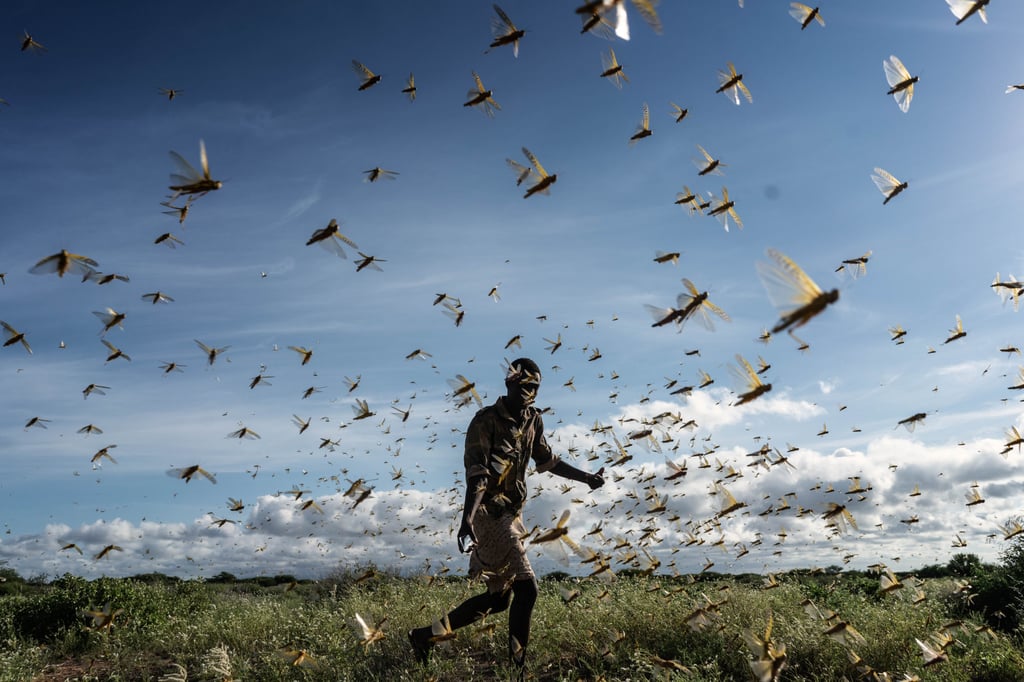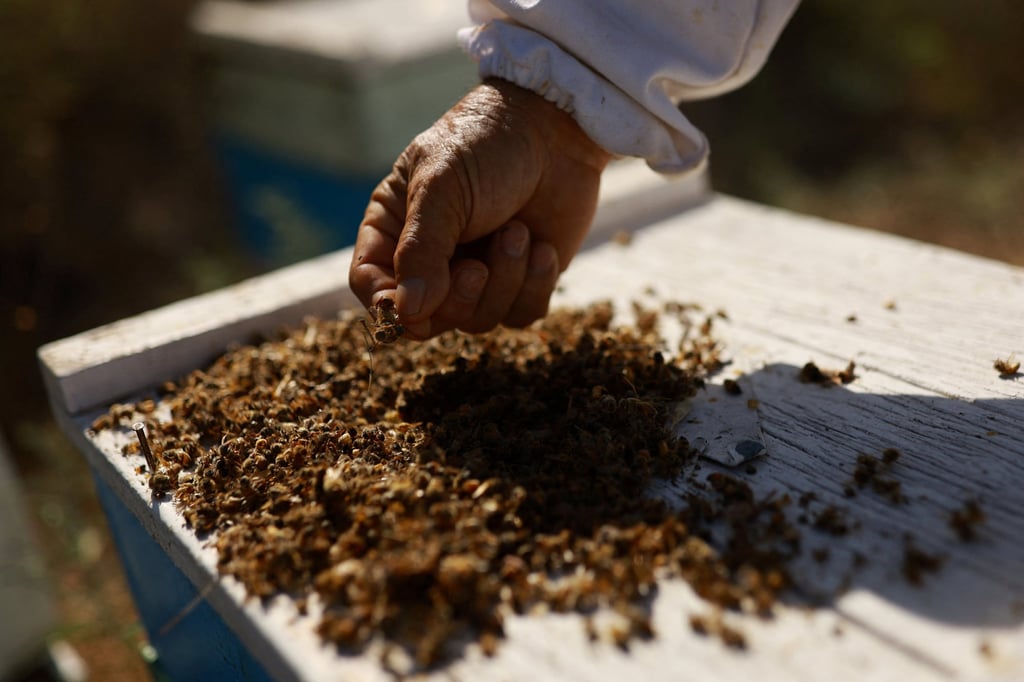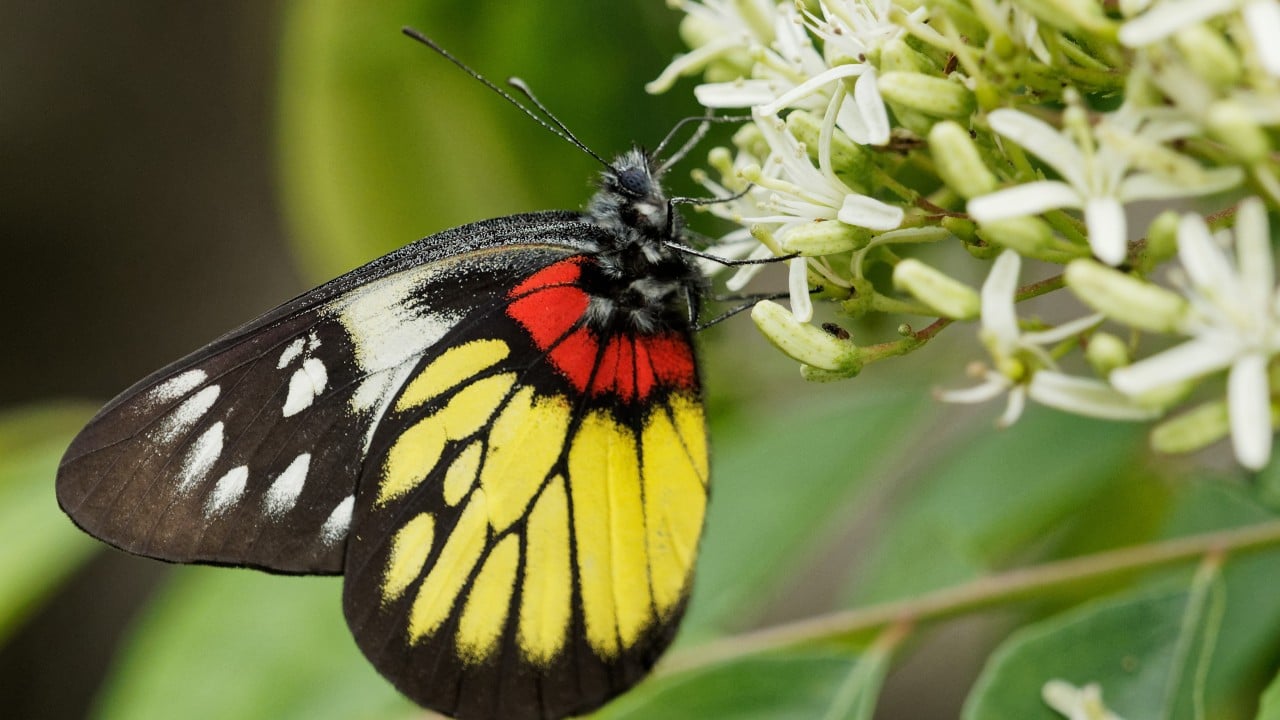Are environmentalists onto something when they wring their hands over the looming insect apocalypse and warn that almost half the world’s insect species are rapidly declining, with one-third threatened with extinction?
David Goulson, professor of biology at the University of Sussex in Britain, warns: “Whether you call it an apocalypse, insectageddon or whatever, there is certainly a serious problem with our insect populations declining.”
In his book, Silent Earth: Averting the Insect Apocalypse, Goulson reminds us that three-quarters of all crop types on Earth need to be pollinated, mostly by insects. The food security implications of insect extinctions are clear.
In 2017, German researchers in Krefeld near Düsseldorf, poring over insect records back to 1905, reported that the insect population in one nature reserve was down 80 per cent from 1989. The Rothamsted Insect Survey reported a 33 per cent decline in larger moths caught in a light-trap network over the past 50 years.
In California’s Central Valley, 1.5 million beehives are ready to pollinate almond blossoms each spring. But the region is such a “toxic soup of pesticides”, according to the beekeepers, that they lose about a third of their bees every pollinating season.
But questions arise: if insect populations are in such sharp decline, how is it that huge locust swarms have swept so ruinously across East Africa in recent years? How is it that here in Hong Kong, jezebel butterflies have swarmed this year in such large numbers?

The answer is that the story is complicated. While some insects are clearly in decline, others are thriving. Some of those thriving are pests that we would be pleased to do without.
What we should worry about are the helpful ones whose disappearance would make life on Earth challenging: those among the hundreds of thousands of species that pollinate over a quarter of a million flowering plants; the seed distributors; the insects that help recycle nutrients on a forest floor and aerate the soil; and of course those insects that sit at the bottom of the food chain, critical in so many larger animals’ diets.
Working out how serious a problem we face would be easier if we had better data. For example, the International Union for the Conservation of Nature has a red list of endangered European bees, but acknowledges that over half of Europe’s bee species are “data deficient”.
In the UK, a recent House of Commons report on insect decline noted that, “there remains a scarcity of comprehensive and comparable data which poses a significant challenge in accurately assessing the extent and underlying causes of insect decline”.
A 2019 study published in the journal Biological Conservation analysed 73 historical reports on insect population trends, and concluded that 40 per cent of insects were threatened with extinction, mainly from habitat loss, agrochemical pollutants, invasive species and climate change.

Among the most vulnerable are butterflies, bees, wasps, dung beetles and aquatic insects like stoneflies, caddis flies and mayflies. But of those 73 studies, just four came from Asia; Hong Kong was not among them. Any normal scientist would argue these are fragile foundations for such sweeping and alarming conclusions.
One challenge is that a significant proportion of the world’s insects have still not been identified, and many may become extinct before we even know they exist.
A second challenge is the formidable complexity of gathering accurate data. A key tracker of insect decline in the UK has been coordinated by the Kent Wildlife Trust. Volunteer motorists, at the end of journeys, photograph their vehicles’ front number-plate, manually count the number of squashed insects on it, and then use an app to send the results. In Denmark, researchers tired of counting the number of bugs splatted on car windscreens are now using large nets on car roofs.
Yet another challenge is that because insects are so numerous, some researchers still measure insect populations by weight, in terms of biomass, rather than as individuals. For example, it is estimated that the world is host to more than 15,000 species of ant, and thus about 20 quadrillion ants. That amounts to about 12 million tonnes of dry carbon biomass.
Looking at insects from a biomass point of view also raises questions: insects have been on the planet for around 400 million years and have an estimated biomass of 1 billion tonnes, while humans account for a measly 60 million tonnes. On the flimsy academic evidence we measly humans have gathered so far, firm or clear conclusions about the plight of an insect biomass potentially over 16 times greater than us must surely be problematic.
And then there is Mao Zedong, who in 1958 provided a much more basic insight. During the “four pests campaign”, people were called on to purge China of rats, flies, mosquitos and sparrows. Obedient comrades killed an estimated 1.5 billion rats and 1 billion sparrows, as well as millions of kilograms of flies and mosquitos. The outcome exacerbated famine across much of China, with no noticeable change in the pest population.
There can be no excuse for the harm we are doing to biological diversity through our anthropogenic predation across the planet but, as with Mao’s purge, the ultimate victim is likely to be us, not our insufficiently understood insect friends. The famous Harvard biologist E.O. Wilson said of insects that “these are the little animals that run the world”. He was right, and may still be right 400 million years from now.
David Dodwell is CEO of the trade policy and international relations consultancy Strategic Access, focused on developments and challenges facing the Asia-Pacific over the past four decades


